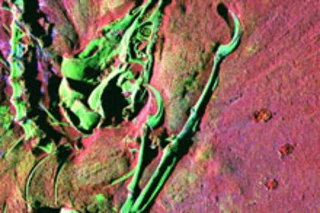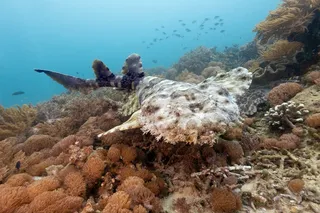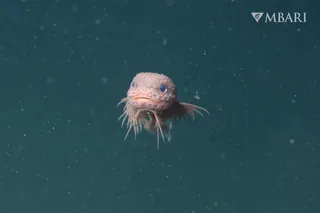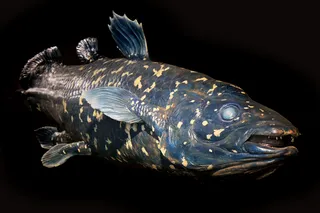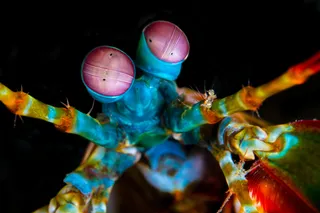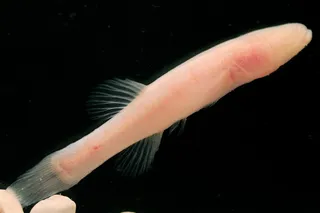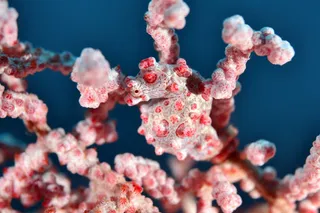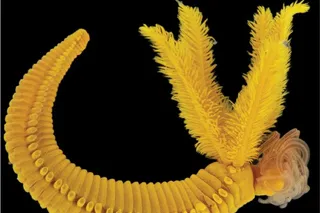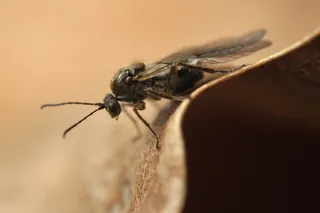Nearly 150 years after scientists discovered the first specimen of the dino-bird archaeopteryx, we get to see what it was made of. Researchers who scanned one of the fossils with x-rays say the specimen contains not just impressions of fossils, but actually the remains of soft tissue with some of the chemical components intact. They published their findings (in press) today in the Proceedings of the National Academy of Sciences. The team led by Roy Wogelius scanned a 150-million-year-old Archaeopteryx fossil using a synchrotron-type particle accelerator located at the Stanford Synchrotron Radiation Lightsource in California.
The synchrotron excites atoms in target materials to emit X rays at characteristic wavelengths. The scan reveals the distribution of elements throughout the fossil. The green glow of the bones in this false-colour image shows that Archaeopteryx, like modern birds, concentrated zinc in its bones. The red of the rocks comes from calcium in the ...


